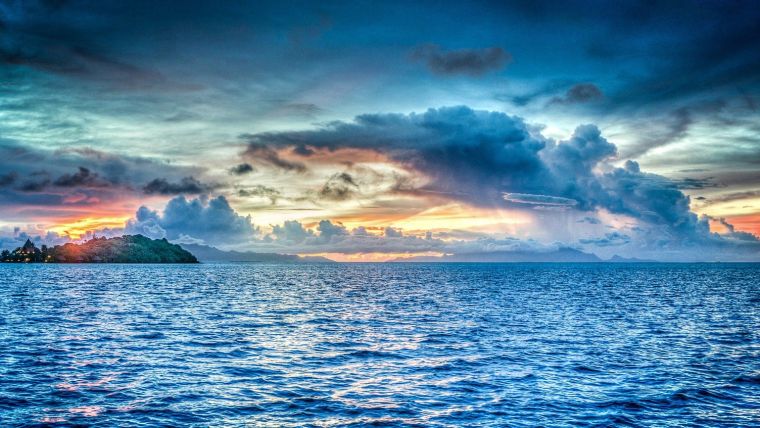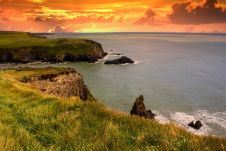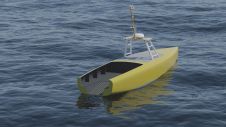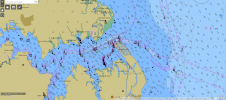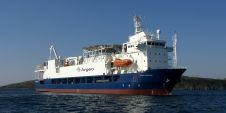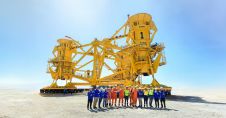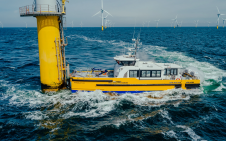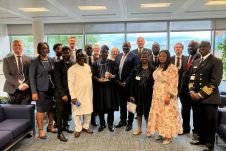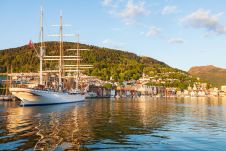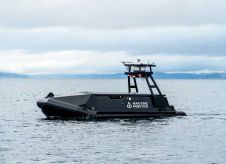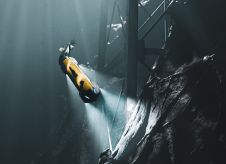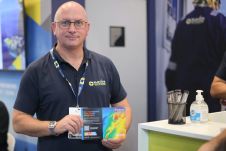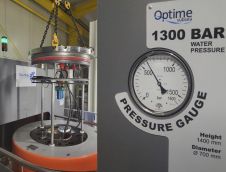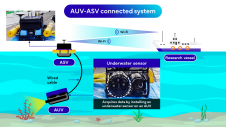Hydrography and Oceanography: Combination of Strengths
Mathias Jonas, Secretary-General, IHO, describes the implications of the UN Decade of Ocean Science for Sustainable Development for the IHO and the hydrography sector.
Proclaimed in 2017 by the United Nations General Assembly and after yearlong preparations by UNESCO's Intergovernmental Oceanographic Commission (IOC) to coordinate the later implementation, the first week of June saw the official opening of the UN Decade of Ocean Science for Sustainable Development (2021-2030).
The Ocean Decade provides a convening framework for scientists and stakeholders from diverse sectors to develop the scientific knowledge and the partnerships needed to accelerate and harness advances in ocean science. This will lead to a better understanding of the ocean system and deliver science-based solutions to achieve the overarching UN agenda on sustainable development goals to create a better world by 2030.
Being a longstanding partner of IOC, it was clear from the beginning of this programme that IHO would be among the stakeholders to proactively contribute. IHO’s official definition of hydrography suggests that our discipline is an “applied science” and it seems to me that this is the best precondition to be part of the Ocean Decade, since the request to undertake ocean science for sustainable development is exactly the call for the productive application of new insights gained.
The known strengths of the IHO's expertise lie in ocean mapping and standardization. For the latter, IHO's S-100 universal hydrographic data model framework offers a unique opportunity to merge hydrographic measuring of the ocean´s physics such as seabed topography, sea level, tides, currents, and also elements like temperature and salinity with marine chemistry and marine biology in a new way. Emphasising that “all the physics of the seas” are under the remit of hydrography sheds light on a new balance between the general scopes of hydrography and oceanography. There is no sharp categorization but, to my understanding, hydrography measures the phenomena and oceanography delivers the interpretation of the effects observed. If this is becoming the common understanding, the classic question for hydrographers “What does the seafloor look like?” can be supplemented by “What is in the water?”.
The self-concept of hydrographers as being more engineers of the blue than scientific observers of the marine environment, delivers an ideal combination of both strengths. I was recently invited to contribute to a broadcast named “Planet beyond”. The moderator asked me for practical examples of the outcome I expect from the Ocean Decade in relation to our corporate activities. Here they are:
- I hope to see an all-embracing digital data model in place for all kinds of marine geoinformation based on IHO's S-100 framework. If, in the future, all sorts of marine data is formatted according to this paradigm, it would be fully interoperable and could be easily combined.
- For our GEBCO ocean mapping programme in collaboration with the Seabed2030 project, I hope we can receive nearly full global coverage in a decent accuracy and resolution. For that we need more and better data. We are hoping for contributions from all actors, including ships of opportunity. For them, we have developed our crowdsourcing bathymetry campaign. Seafarers and shipping companies are very motivated to contribute but, so far, only thirteen coastal states allow this sort of citizen science in their respective waters of national jurisdiction. I hope that by the end of the decade all of the almost one hundred IHO Member States will have given permission for the use of crowdsourced bathymetry.
- For the blue water, I hope that IOC's ARGO programme can establish a regular routine and that the descending floats report depths and positions back to us. This would be particularly helpful in remote areas such as the Southern Ocean.
- I note that the matter of microplastic monitoring is currently entering the global agenda. I hope that research & development can feed us with smart through-flow measuring sensors to be mounted on autonomous units. The hydrographic offices of the world are champions in repetitive in-situ measurements and the collective processing of the results. If plastic pollution can be monitored, we will be able to contribute.
The collaboration of GEBCO and ARGO and the monitoring of microplastics would be perfect examples of how engineers and scientists could collaborate to find new answers to “What does the seafloor look like?” and “What is in the water?”!

Value staying current with hydrography?
Stay on the map with our expertly curated newsletters.
We provide educational insights, industry updates, and inspiring stories from the world of hydrography to help you learn, grow, and navigate your field with confidence. Don't miss out - subscribe today and ensure you're always informed, educated, and inspired by the latest in hydrographic technology and research.
Choose your newsletter(s)
